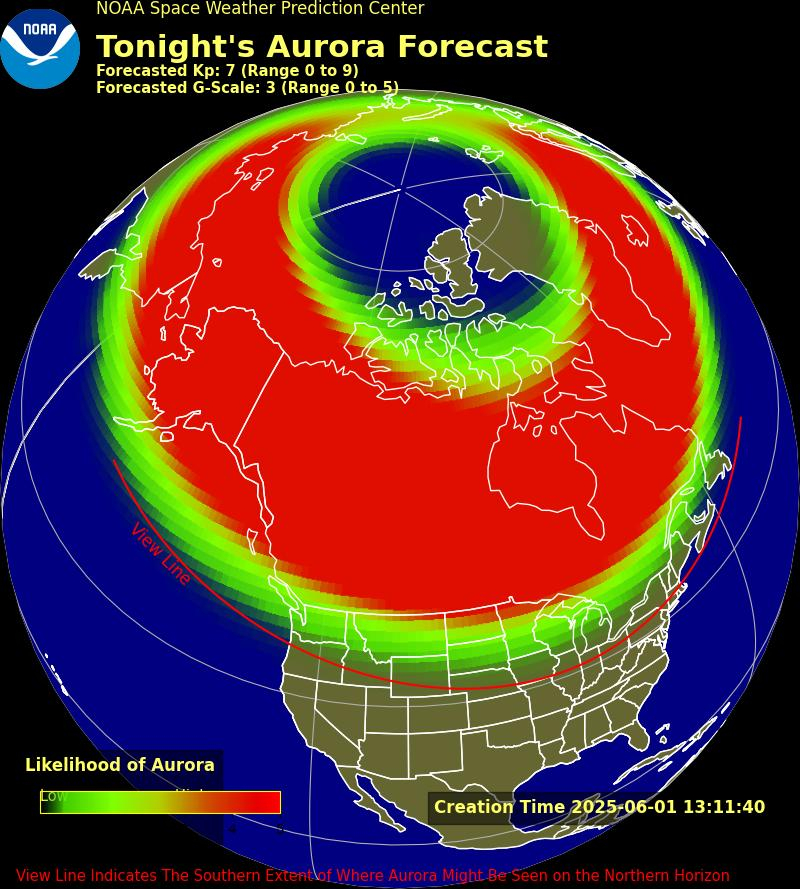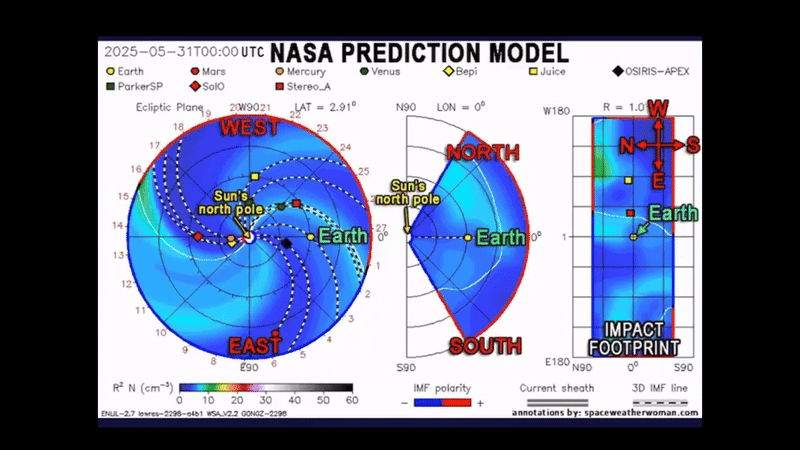SpaceX will launch an Italian Earth-observation satellite to orbit today (Jan. 28), a day later than planned due to bad weather, and you can watch it live when it lifts off.
A two-stage SpaceX Falcon 9 rocket topped with the Cosmo-SkyMed Second Generation FM2 (CSG-2) satellite is scheduled to lift off from Florida’s Cape Canaveral Space Force Station Friday at 6:11 p.m. EST (2311 GMT). SpaceX initially aimed to launch the mission Thursday, but postponed it for 24 hours less than hour before liftoff.
“Due to unfavorable weather, now targeting Friday, January 28 at 6:11 p.m. EST for launch of COSMO-SkyMed Second Generation FM2,” SpaceX wrote on Twitter.
You can watch all the action live here at Space.com when the time comes, courtesy of SpaceX, or directly via the company. SpaceX webcasts generally start 15 to 20 minutes before liftoff.
Thursday’s weather forecast called for a 60% chance of good launch conditions, with clouds and high winds a main concern, with a moderate risk to SpaceX’s plans to recover the Falcon 9’s first stage after liftoff. There’s a similar weather outlook on Friday, with thick clouds and upper-level wind shear potential concerns, according to a U.S. Space Force Delta 45 forecast.
Related: The evolution of SpaceX’s rockets in pictures

The Cosmo-SkyMed Second Generation program is funded by the Italian Space Agency, the Italian Ministry of Defense and the Italian Ministry of Education, Universities and Scientific Research. The system consists of two satellites, which are designed to observe Earth using synthetic aperture radar (SAR).
CSG is an enhanced follow-on to the original Cosmo-SkyMed system.
“COSMO-SkyMed Second Generation[‘s] purpose is to monitor the Earth for the sake of emergency prevention, strategy, scientific and commercial purposes, providing data on a global scale to support a variety of applications among which risk management, cartography, forest and environment protection, natural resources exploration, land management, defense and security, maritime surveillance, food and agriculture management,” European Space Agency officials wrote in a description of the program.
Related stories:
The first CSG satellite, CSG-1, launched atop an Arianespace Soyuz rocket from Kourou, French Guiana in December 2019 and is currently operating in a sun-synchronous polar orbit, 385 miles (620 kilometers) above Earth. CSG-2 is headed for the same orbit.
This will be the third launch for this Falcon 9 rocket’s first stage. The booster previously helped launch the Arabsat-6A communications satellite and Space Test Program 2 mission for the U.S. military. For this flight, the rocket is expected to come back for a vertical touchdown at SpaceX’s Landing Site 1 at Cape Canaveral not long after launch.
Friday’s launch is part of a very busy 10-day stretch for SpaceX. Its robotic Dragon cargo spacecraft returned from the International Space Station on Monday (Jan. 24), and the company is planning to launch a batch of its Starlink internet satellites on Saturday (Jan. 29) as well as the NROL-87 mission for the U.S. National Reconnaissance Office on Feb. 2.
Editor’s note: SpaceX had originally targeted Thursday (Jan. 27) for the launch of CSG-2 but pushed it 24 hours because of weather. This story was updated at 5:50 p.m. EST (2250 GMT) on Jan. 27 to reflect the change.
Mike Wall is the author of “Out There” (Grand Central Publishing, 2018; illustrated by Karl Tate), a book about the search for alien life. Follow him on Twitter @michaeldwall. Follow us on Twitter @Spacedotcom or on Facebook.


